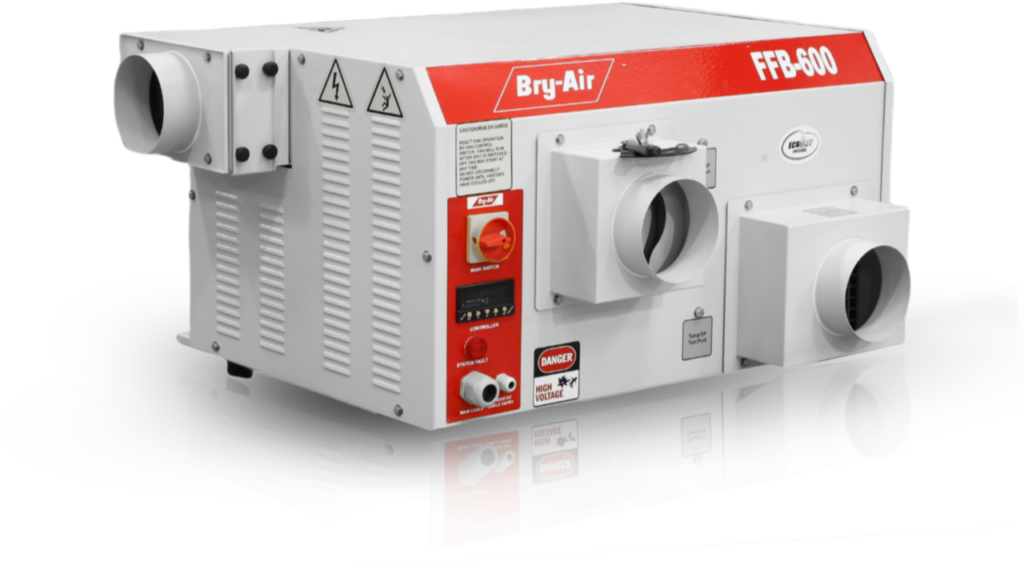In the textile and garment industry, controlling the humidity is critical. High levels of humidity can halt production, damage equipment, and pose health risks to workers. Relative humidity, which measures the amount of water vapour in the air relative to the maximum amount it can hold at a certain temperature, plays a key role in this process. For instance, air at 10°C can hold less moisture than air at 20°C. This difference can cause significant issues when humid air enters a textile facility and is heated, dropping the relative humidity drastically and affecting the materials and machinery involved.

The main challenges of excess humidity in garment storage and packaging areas include moisture absorption, condensation, and the growth of mould, fungi, and mildew. These issues are exacerbated during transport as garments sealed in polythene packaging experience temperature fluctuations, leading to condensation and potential damage. This not only produces unpleasant odours but can also lead to product rejection by clients, making effective moisture control essential.
Moisture control in garment storage is crucial to maintain product quality and ensure customer satisfaction. Garments that absorb moisture during processing and are packed in a humid environment are at risk of developing fungi and odours, particularly during long transit periods in varying climatic conditions. Proper moisture control helps prevent these issues by maintaining a consistent and suitable humidity level in storage and packaging facilities.
Installing Bry-Air’s FFB Series compact dehumidifiers can manage humidity levels in textile production and garment storage areas. These systems ensure that garments are dried in a controlled environment before packaging, maintaining a relative humidity of around 35% at temperatures slightly above ambient. This process significantly reduces the risk of moisture-related damage, including the development of bad odours and fungus growth. Besides, these equipment help improve the quality and safety of garments, enhancing overall production efficiency and client satisfaction.